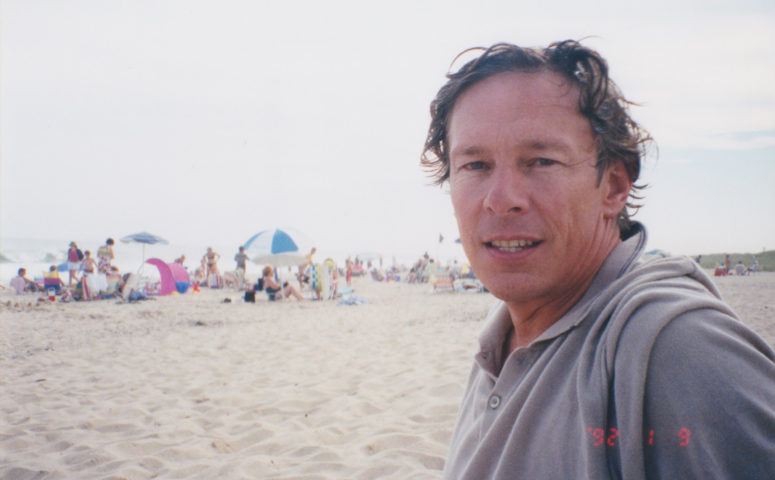The first time John van Duyl picked me up for lunch, he was driving a recent model Mercedes. He probably took me to Chez Panisse. I thought, “This PR business must be lucrative.” I had just taken a job as director of marketing for an architecture firm in Berkeley, and since I had some background in PR, the firm no longer needed his services. So he took me to lunch. That was almost 30 years ago.
Several years later, I told him that I wanted to go out on my own offering communication services to architects, but that I would not go after his clients and felt there was a lot of work available. Instead of giving me the cold shoulder, he suggested we collaborate. For me, that was the essence of John. Turn a challenge into a long-term friendship. We often asked each other for advice, teamed up to present projects to editors, and most importantly, threw parties. John loved a good party. John loved people and wanted to hear their stories.
Throwing a party with John wasn’t the easiest. We might start at 50 or 60 invites, and somehow over a hundred would show up. An old family friend of his lived in a historic carriage house behind a tenement in Hell’s Kitchen in Manhattan. He had a fantastic courtyard, a double-high living room with a spiral staircase, and no air conditioning. Perfect for a crowded July party. SweatBox was born.
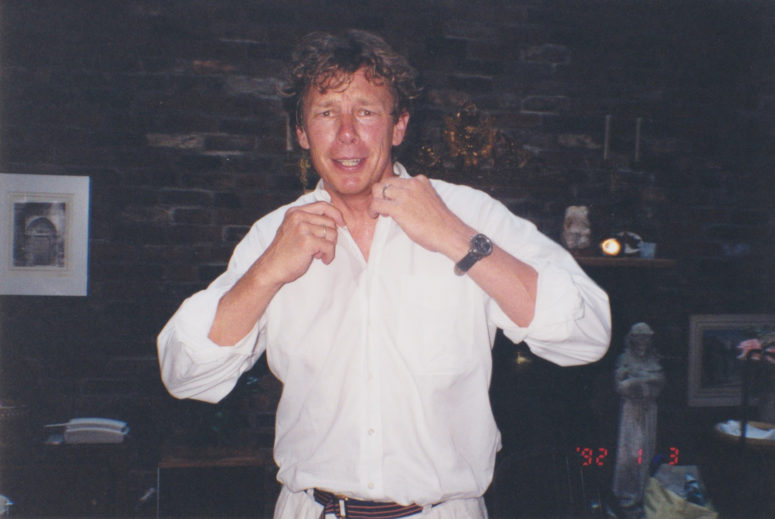
John at an early SweatBox party.
Of course, there were editors and clients, but John always invited friends from all over New York City and Salisbury, Connecticut, his home town. Famous architects and quite a few gorgeous young men found their way to Hell’s Kitchen on a sweaty summer’s eve. John’s preferred way of entertaining was simple: snacks and lots of alcohol. Very George Plimpton. His specialty was a punch that involved a few kinds of fruit juice and Grey Goose vodka. It had to be Grey Goose. One summer, someone fell in the fountain, and someone else passed out from heat exhaustion. Good for the stories that would come. John was all too happy to raise the rent his friend charged us for the use of the townhouse and zoom all over lower Manhattan in taxis to get the right pizza slices. If a good time was to be had, there was no real budget.
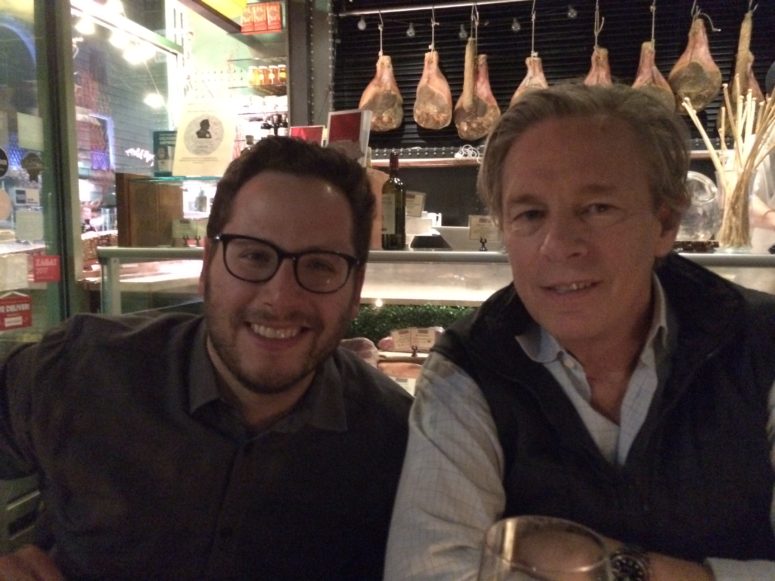
John with Sam Lubell in New York.
At our first lunch, I found out that he lived in my hometown. Soon enough, I would see the charming cottage where he lived for several decades. Home was very important to John, although he would never own one. The house was decorated with dozens of paintings, a mix of modern and antique furniture. It was a collage worthy of World of Interiors magazine. There was something mysterious and old money about it all. One day, I told him he was world’s expert at the style “Connecticut Attic.” It was as if someone had gone through the attic of an old money estate. Which was more true than I knew.
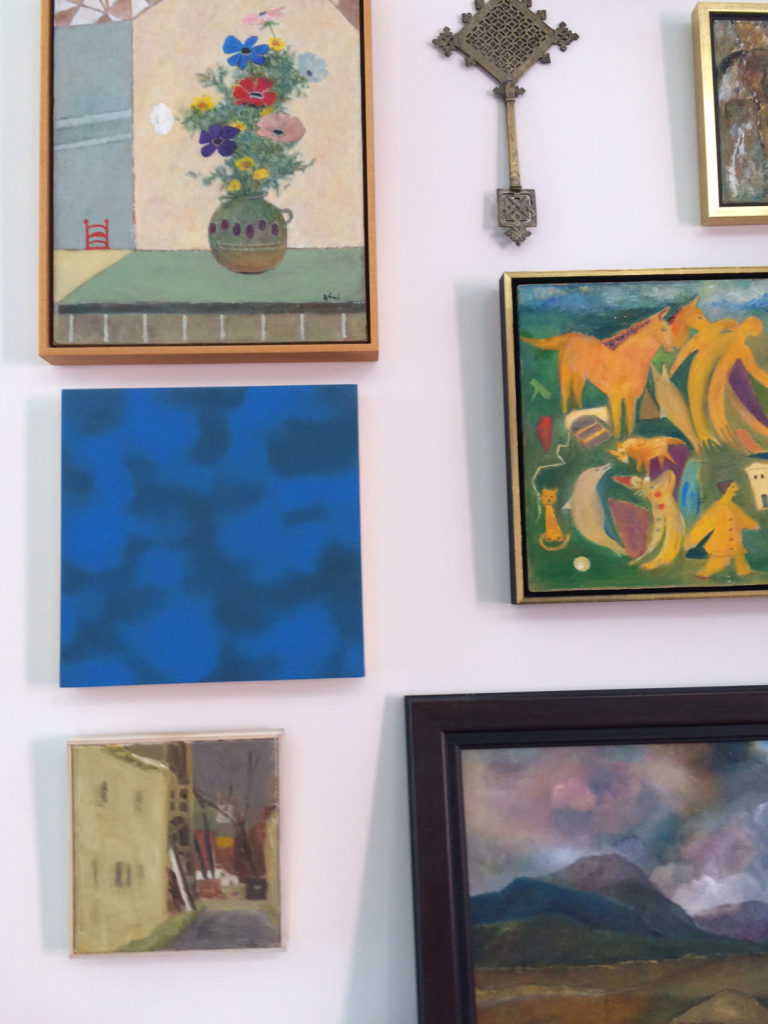
John’s home. The essence of “Connecticut Attic”
It took time to hear John’s personal story. He waited until he knew you wouldn’t judge and that you would listen. Given his Kennedyesque good looks, breezy style, elegant clothes, and general joie de vivre, I assumed he came from a well-to-do East Coast family. Which was almost true. Except it wasn’t. He came from the “ruling class adjacent.” His mother had been a tutor in Germany for a wealthy American family where the wife had married a German aristocrat. She eventually ended up in America with this family, but owned little besides her violin.
Conflict was baked into John’s existence. Conflict about class, wealth, education, beauty, and most of all his own mother. In the last 10 years, he began writing about his family’s extraordinary journey from Indonesia to Europe, Nazi Germany, and finally to Salisbury. One day, I hope these tales are shared broadly.
Many of John’s stories took root in Salisbury and environs. The first entry point was the many mysterious paintings in his house. Most of them were painted by his mother, Winifred van Duyl. Inspired by Klee, but propelled by her own experiences, each one told a seemingly specific story in a private language.
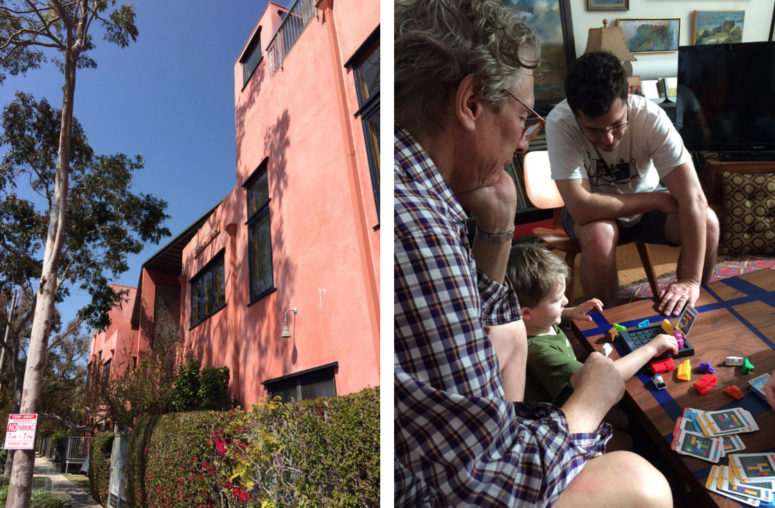
Left: John’s last home in Venice, CA. Right: John at home in Venice with friends from Kensington. March 2019.
Despite his pride and connection, John lived across the country from his mother. He did not know who his father was until he was a young adult. As his mother aged, he was in daily contact with their network and saw that she got excellent care. After she died, he worked with some friends who had a gallery in nearby Lakeville and held a memorial show to share her work with his friends. It was a fitting memorial.
The truth was that Wini didn’t intend to be a mother and yet tried to give her son the best possible education and opportunities. From everything I came to know, she didn’t really know how to be a mother, but she loved John, and he forgave her for what she couldn’t do.
John especially loved a funny story. The last time I saw him, when he was ill, he wanted to hear the tales that resulted in laughter all around. His face would turn red as he gasped for breath. He could be a snob, but he always laughed at himself. He liked to get his suits at Bergdorf’s. Once, he told me that he was thrilled to get a package from the store, and when he opened it and hung it in his closet, he realized that he already owned the same suit. He couldn’t wait to make fun of his foolishness. I imagine he paid full price twice. He wasn’t one for sales.
My favorite image of him is from a trip to the Hamptons. He wasn’t a Fire Island Pines kind of guy. He liked the tradition of the Hamptons. The folks who went every summer didn’t complain about the traffic. They somehow avoided it. The very rich lived in mansions near Georgica Pond or the ocean. But the just well-to-do rented or owned charming shingle houses furnished in the best of “Connecticut Attic.” As if they had just brought down a few goodies from storage. We went shopping in one of the small towns, looking for that perfect if pointless umbrella stand. I still have a red lacquer wastebasket from the excursion.
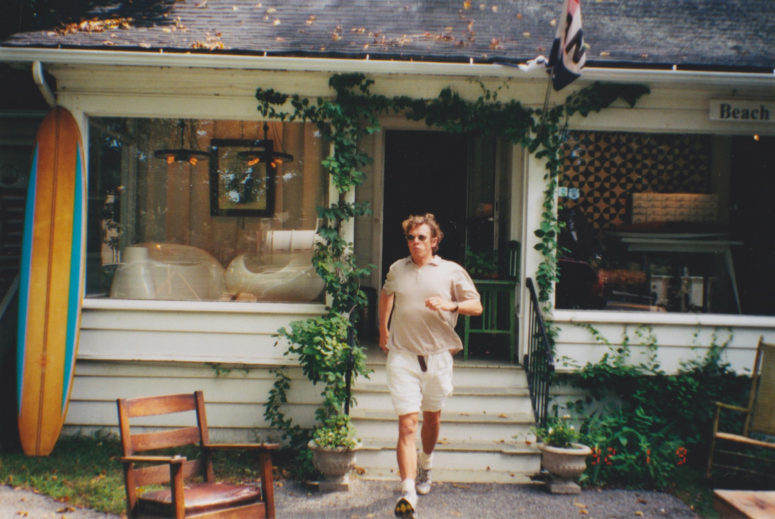
John shopping in the Hamptons.
After we finished shopping, I turned and saw him leap down the front steps of the shop as if he were still a young boy leaping through the Connecticut countryside.
